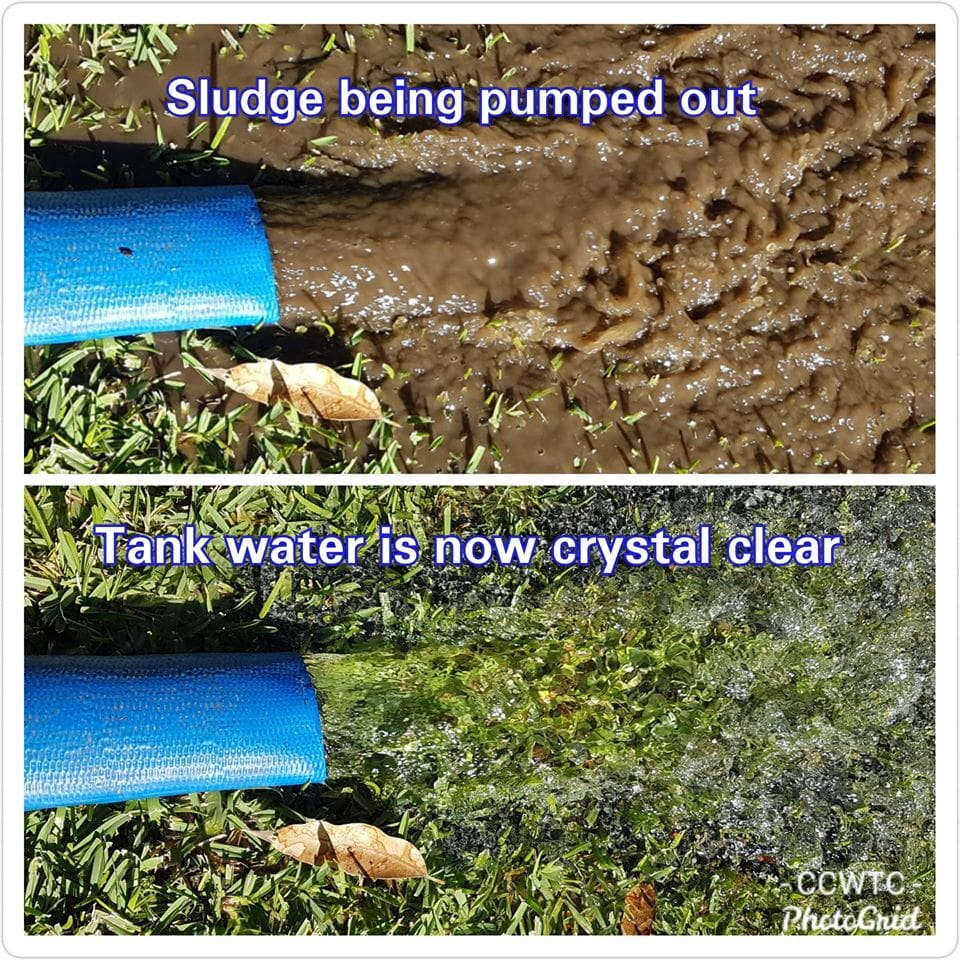tank care
Sanitising and Testing
If things go wrong
Water collected from rooves and drawn from bores, springs, rivers and dams should be pure, sweet and safe to drink. You may hear that you should avoid drinking this water but national guidelines suggest the risk to your health is low. This is why there no government advertisements or alerts for regular testing of harvested water.
Depending on your location, catchment area and maintenance schedule, there should be limited risks to contamination of your harvested water. With regularly maintenance of your catchment area and tank, your water will be sweet and clear – at most it may require filtering and possibly boiling.
There are times, however when testing should be undertaken. You may have concerns that your rainwater has been contaminated when someone has become ill with gastric for no obvious reason. This contamination may be from bird and animal droppings if you have vegetation near your tank or catchment area. Other contaminants include nearby crop spraying, an animal which has entered your tank and died or a poorly placed flue.
Home testing kits are unable to identify harmful levels of cryptosporidium. While testing through a pathology laboratory may be necessary in given circumstances, these tests do cost. If you have concerns, you should contact your local health authority for referral to the appropriate organisation to undertake the test.
If your tank has become severely contaminated, there are a couple of options available to you.
- You can have the tank cleaned, emptied and refilled with potable water.
- You can have the tank floor cleaned and the remaining water in your tank sanitised.
Our sanitiser is safe for use in drinking water and approved by Australian regulators. It effectively removes bacteria and microorganisms from your tank water. This includes E.coli and Cryptosporidium.
Whichever you choose, it is important to also flush all inlet and outlet pipes as they will also be holding contaminated water. As an extra precaution, you may want to clean the catchment area and replace filters. If you do clean your catchment area, make sure you disconnect your inlet pipes to prevent contamination washing into your tank.
water testing is available
Reliable testing can only be carried out at a laboratory as the detailed results required cannot be provided by home testing kits.

ABN 95 637 116 104
